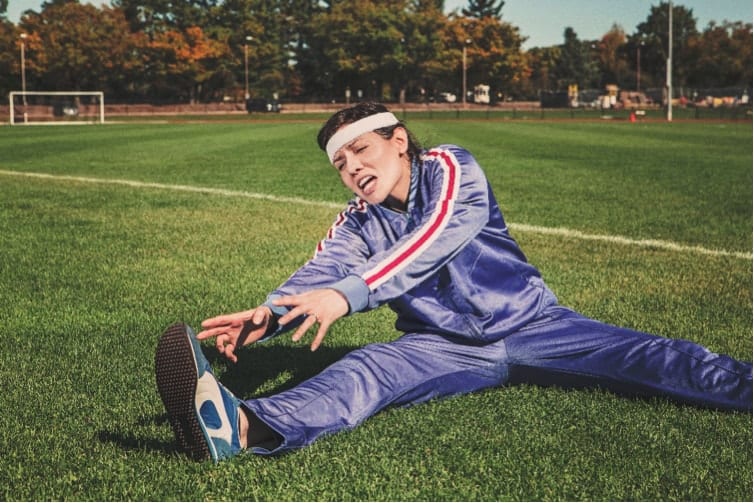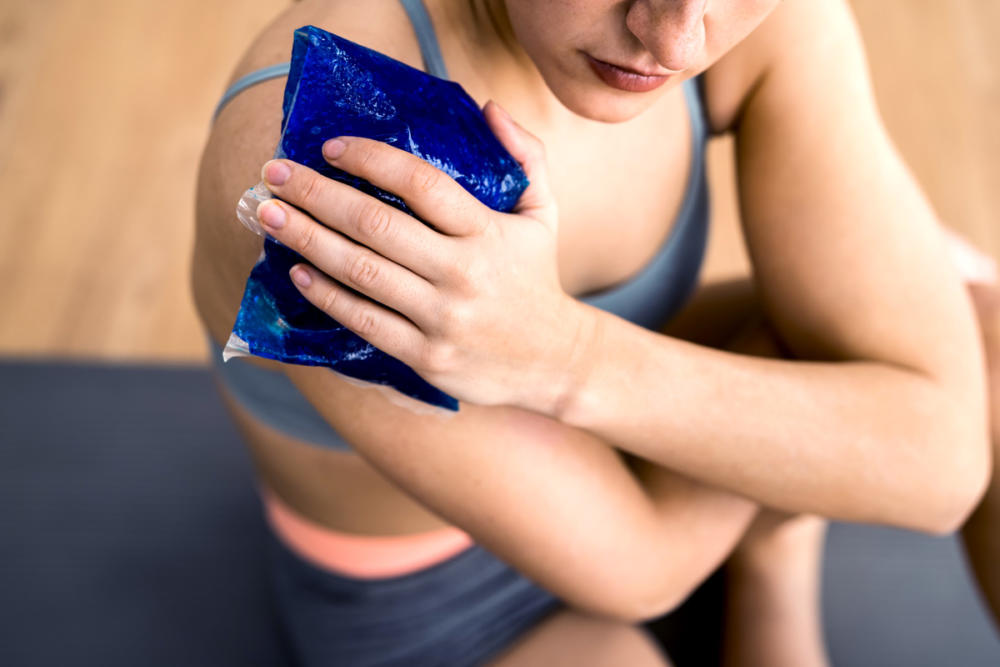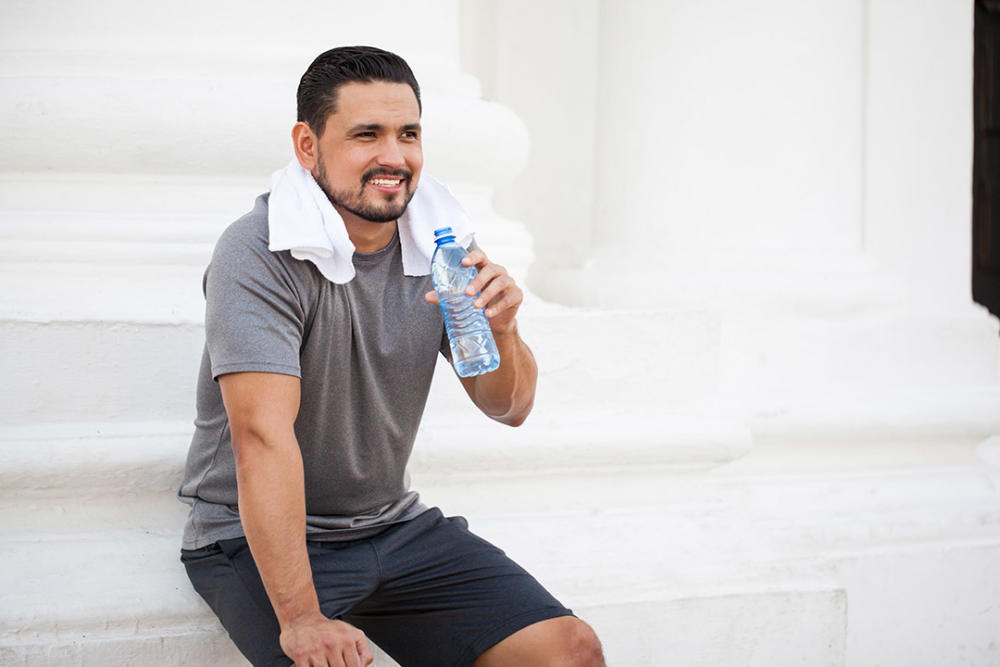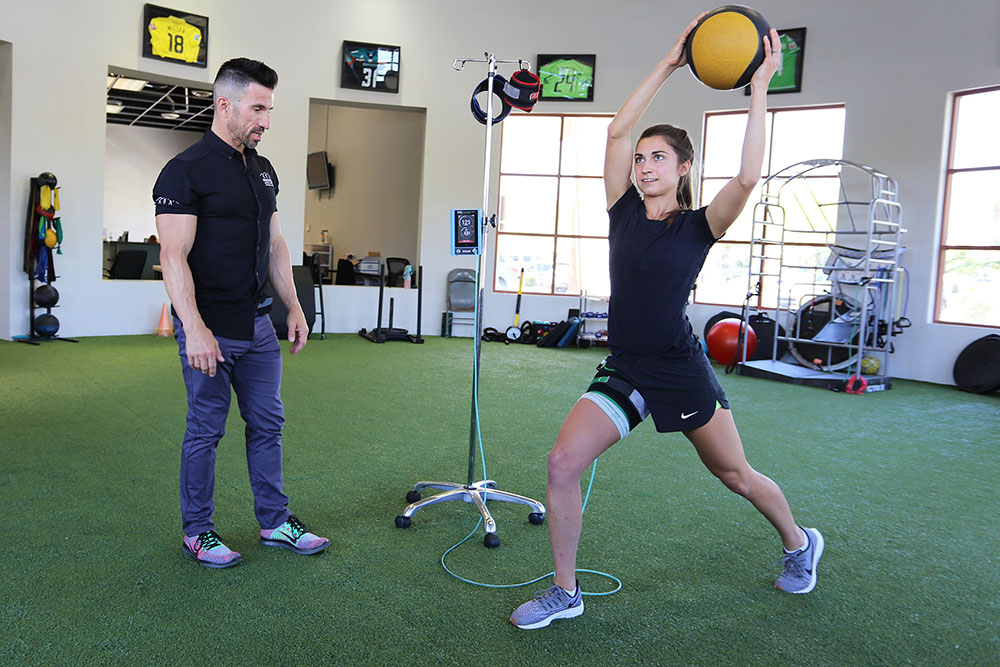Foothills Rehab Physical Therapy is a group of locally owned AZ physical therapy clinics that provide healthcare services to patients across the valley. We believe in a hands-on, individualized approach to therapy, so you get the best treatment possible for any injury or complaint you may have. To schedule a free assessment with one of our therapists, simply click here. If you want to learn more about AZ physical therapy, follow our blog!
Shane Zanath obtained both an undergraduate degree in Kinesiology and a Doctorate in Physical Therapy. He is an avid outdoorsman who enjoys snowboarding, wakeboarding, and hiking. He is a dedicated PT at our North Scottsdale location, and is here today to share a story that changed his perspective on a seemly simple issue– stretching.
Jennifer was in agony and devastated: she had just injured her hamstring a week before she was set to accomplish her lifelong goal of running a marathon. Jennifer thought she’d done everything right, including stretching more than usual that morning to ensure she wouldn’t be stiff during her run. This, it turns out, was actually a huge mistake.
When I was working as a technician, the student physical therapists were required to give the rest of the staff a presentation on an in-service topic. When a student asked my advice on a topic choice, I suggested stretching. He laughed in my face and said, “Why would I give a presentation on something we already know everything about?” This attitude is what is behind some fundamental misconceptions regarding stretching.
Stretching’s popularity grew exponentially after Jane Fonda’s exercise video was released as it advocated for stretching. Yet Jane Fonda is a celebrity, not a physical therapist or sports medicine expert, and there is very little data to prove some types of stretching are effective in any way. Stretching is a big part of our sports culture, but most people don’t know why they stretch, say they stretch because they feel “stiff”, or stretch incorrectly. This can lead to injury rather than increased performance. The following is how I recommend everyone should stretch.
For a basic understanding of the anatomy of stretching, there is one feature that is often overlooked by the average person. It is a structure called the muscle spindle, which causes a reflex when stretched (creatively named “the stretch reflex”). Muscle spindles are an ingenious defense mechanism of our bodies. Imagine lying on your back, and someone grabs your foot and attempts to quickly force it over your head without warning. If you were not incredibly flexible, your hamstring might rupture. However, the stretch reflex is turned on, and your hamstring muscle contracts, providing force in the opposite direction, so your muscle is not stretched too far. This reflex prevents our muscles from tearing in many different situations.
People often claim to have difficulty relaxing while stretching, but this is often due to a misunderstanding of the stretch reflex. They try to force the stretch more aggressively, which is actually problematic as the stretch reflex is velocity dependent—meaning the faster you move, the stronger the reflex responds. No matter how hard you try, you will not be able to overcome the stretch reflex without making adjustments (unless you sustain a stretch for 15-20 minutes, which isn’t very practical).
The very first thing to consider when devising a plan for stretching is to figure out what your ultimate goal of stretching is to begin with. Stretching can accomplish one of two possible outcomes: increasing the length of the myofascial tissues (the muscles), or “warming up” to protect and prevent injury to the muscles and connective tissues (like ligaments and tendons). If you’re trying to increase muscle length, static stretching is right for you. This is when you hold several stretches for 30 seconds to a minute at a time. Physical therapists can provide techniques on how to trick the muscles into overcoming the stretch reflex, allowing you to move your muscle into a longer range. However, it’s never a good idea to perform static stretching immediately before a workout or activity, contrary to popular belief. The goal of stretching is to achieve a permanent change in muscle length, which causes microtrauma in the muscles, meaning it requires a recovery period. Static stretching should ideally occur before you go to sleep at night, because sleep naturally allows the body to grow and repair. Research has shown that stretching before activity can lead to performance impairments, and this was likely the case with Jennifer a week before her big marathon. She strained her hamstring while trying to run after doing static stretches.
If you decide your goal is to increase muscle length through static stretching, it is also important to question why you are trying to accomplish this. One of the biggest errors I see people make is they try to achieve a larger range of motion than they actually need. In the case of the hamstring, you can stretch it by lying on your back and lifting your foot toward your head. But at what point is it good enough? If you are a runner like Jennifer, being able to move 90 degrees so your foot is pointing to the ceiling is more than sufficient. Because longer muscles are typically weaker than shorter ones, trying to increase range of motion could lead to unnecessary joint instability or muscle imbalances. Ballet dancers, on the other hand, would be willing to make sacrifices for a larger range of motion because they need to be much more flexible than your average runner. If you are putting yourself at risk, it better be for a worthy goal.
The other goal one can accomplish with stretching is warming up the muscles before an activity. The type of stretching that achieves this goal is dynamic stretching, which incorporates movement in every stretch. In this case, your stretch reflex now works in your favor. When activated it causes muscle contractions, which lead to greater blood flow to the muscle and an effective method of “warming up.” Warmed muscles are more pliable and can take on more stress and strain without being injured. We don’t always need a dynamic warm up before an activity if the activity is mild, like a walk or a light swim. These activities themselves could actually be seen as the warm up. However, if you are participating in vigorous activity, you should always have a dynamic warm up.
Stretching is a more complicated subject that many people believe. I have worked with many people who have believe stretching is detrimental, but they choose to stretch anyway. This shouldn’t be completely shocking considering the common beliefs about stretching that are everywhere within our sports culture – as they say, old habits die hard. So whether or not you change the way you stretch, at least question why you are stretching that way in the first place.
AZ Physical Therapy Expert Explains How & Why We Stretch




